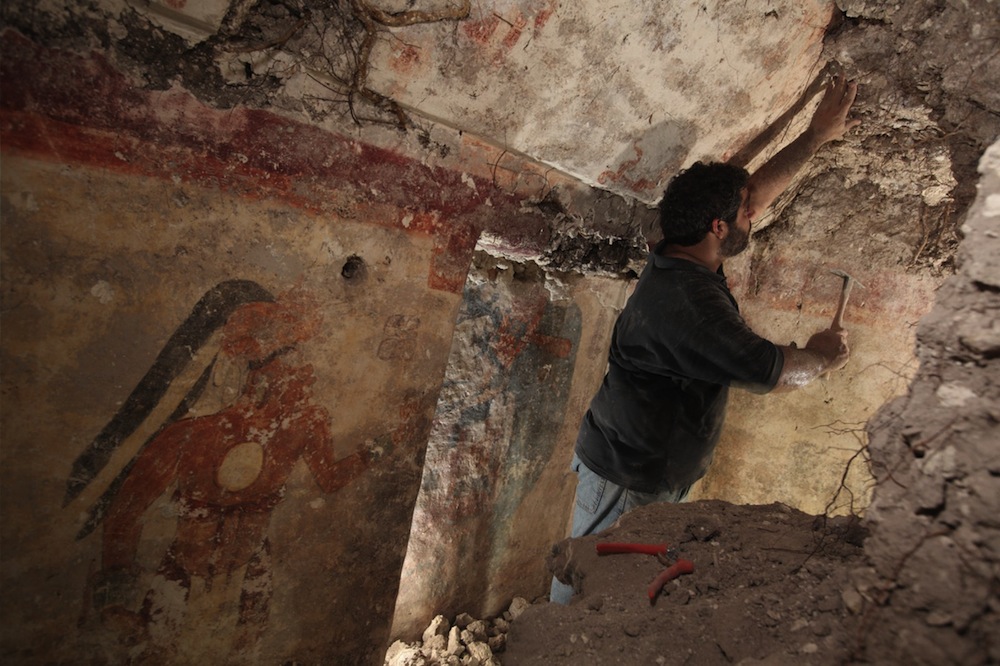Two Months 'Til Doomsday? Mayan Apocalypse Set for Dec. 21

If you believe in that sort of thing, humanity can expect a mere two months left of existence before the Mayan apocalypse hits Dec. 21.
Today (Oct. 21) starts the two-month countdown toward doomsday, according to an interpretation of the Mayan calendar that has taken hold in some New Age and spiritualist communities online.
Two ancient texts confirm the end date of the Mayan Long Count calendar on the winter solstice of this year, which is Dec. 21, 2012. That day is the last day of the 13th bak'tun, or 144,000-day cycle, of the calendar. Ancient Maya would have seen the end of the 13th bak'tun as the end of a full cycle of creation.
However, experts in Mayan history say the end of the Long Count calendar is the equivalent of needing to buy a new calendar every year in December — not a harbinger of doomsday.
"This new evidence suggests that the 13 bak'tun date was an important calendrical event that would have been celebrated by the ancient Maya; however, they make no apocalyptic prophecies whatsoever regarding the date," Marcello Canuto, the director of Tulane University Middle America Research Institute, told LiveScience after the discovery of an ancient text referring to the date.
Not all apocalypse believers think the Mayan Apocalypse will bring fire and brimstone, or extinguish life on Earth. According to John Hoopes, a scholar of Maya history at the University of Kansas, many believers see the day as a time of spiritual transformation.
Follow Stephanie Pappas on Twitter @sipappas or LiveScience @livescience. We're also on Facebook & Google+.
Get the world’s most fascinating discoveries delivered straight to your inbox.

Stephanie Pappas is a contributing writer for Live Science, covering topics ranging from geoscience to archaeology to the human brain and behavior. She was previously a senior writer for Live Science but is now a freelancer based in Denver, Colorado, and regularly contributes to Scientific American and The Monitor, the monthly magazine of the American Psychological Association. Stephanie received a bachelor's degree in psychology from the University of South Carolina and a graduate certificate in science communication from the University of California, Santa Cruz.
